The Chinese Yuan nosedived to its lowest mark this year, echoing growing anxieties that spread from the real estate domain to the financial sector. Fueling this downturn, JPMorgan Chase & Co. rang alarm bells today, highlighting heightened liquidity strains for debt-ridden developers and their non-bank stakeholders. This follows a notable hiccup by a subsidiary of Zhongzhi Enterprise Group Co., which stands among China’s premier private wealth management entities. The said unit stumbled in ensuring timely payments across multiple products.
These defaults in the trust sector could potentially trigger a detrimental cycle impacting the onshore debt of privately-owned enterprise developers. The escalating apprehensions regarding potential developer defaults have soured the investment climate. Consequently, trust entities may either find it challenging or may express reluctance in rolling over existing products tied to real estate.
USD/CNH’s break of 7.2853 resistance confirms resumption of whole rally from 6.6971 (Jan low). Purely technically speaking, current rise should target 7.3745 resistance first (2022 high), and then 61.8% projection of 6.8100 to 7.2853 from 7.1154 at 7.4091. However, market watchers are most intrigued by a looming question: When will China’s authoritative bodies intervene to arrest the Yuan’s descent?




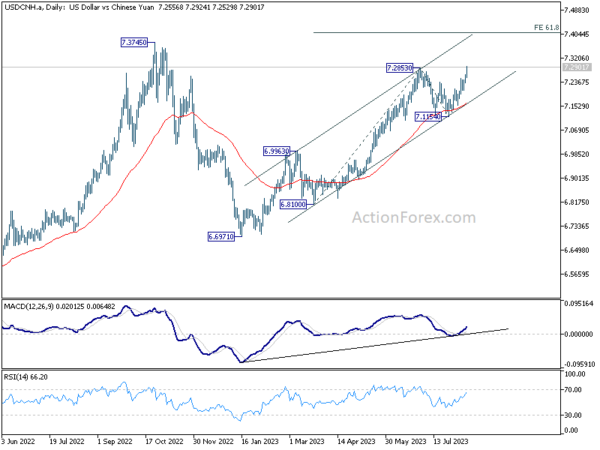
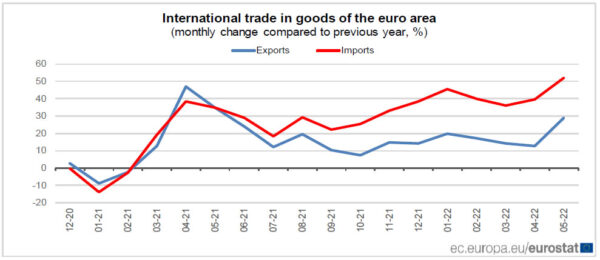
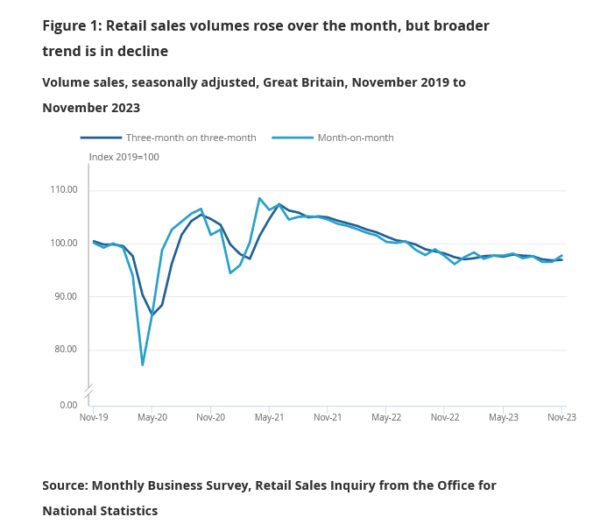
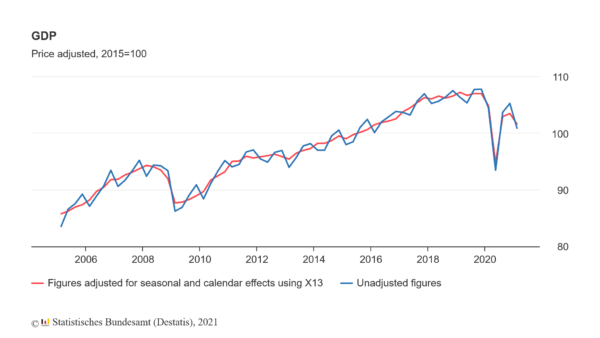
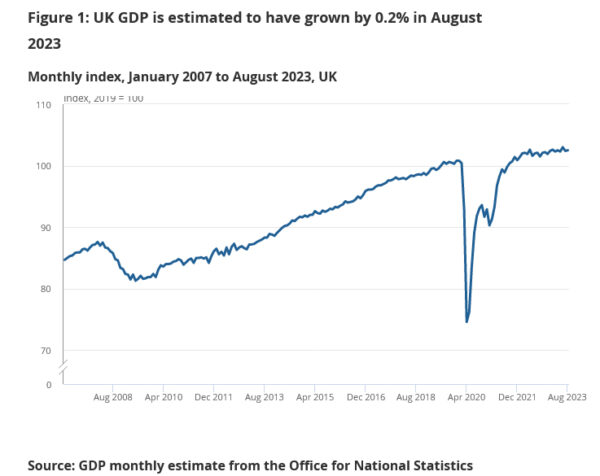
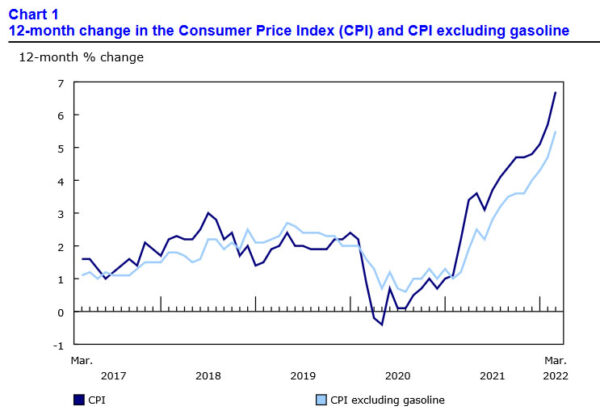
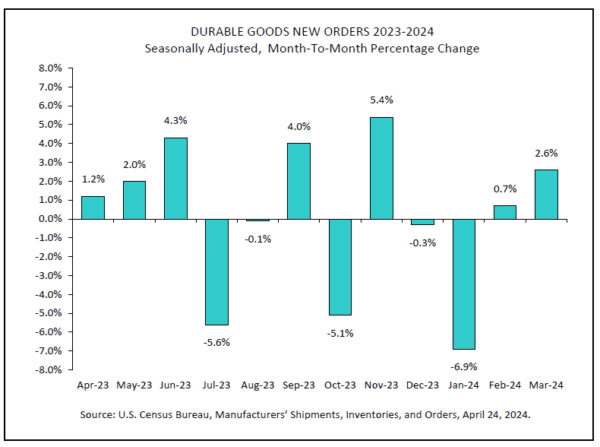
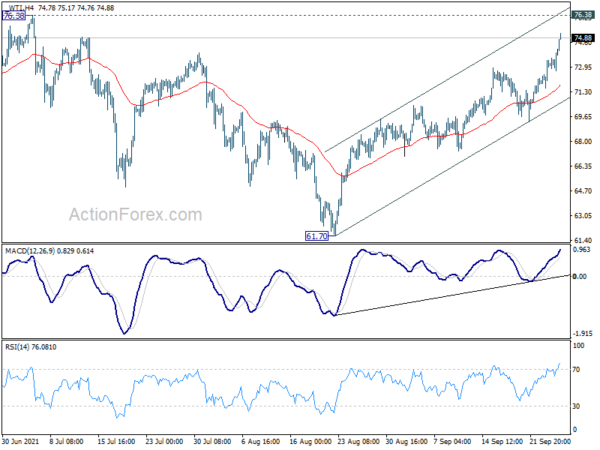
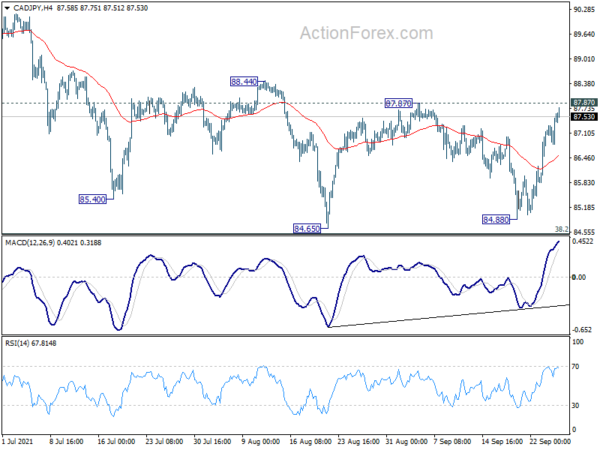
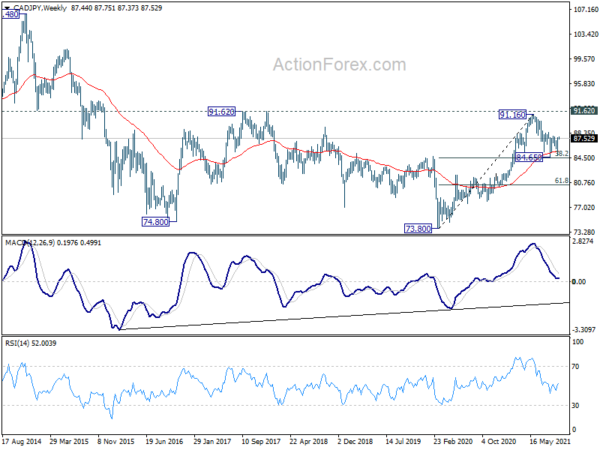

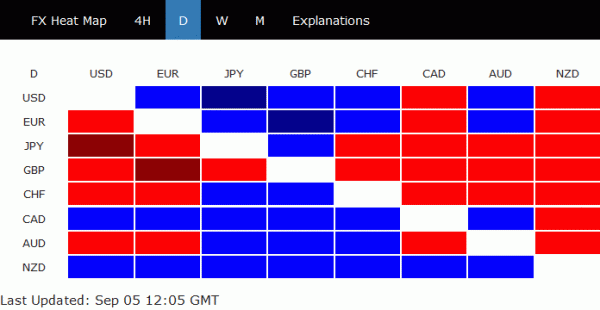
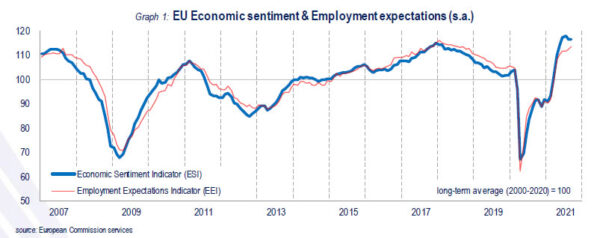
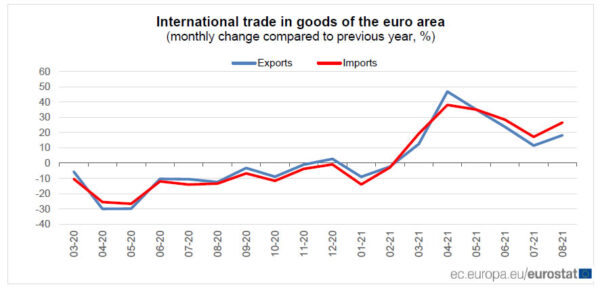

RBA Minutes: Conditions for rate hike won’t be met until 2024
In the minutes of July 5 meeting, RBA reiterated that the “central scenario implied that the conditions for an increase in the cash rate would not be met until 2024”. However, “fast-than expected” recovery over the course of 2021 had “widened the range of alternative plausible scenarios for the economic outlook”, and thus, “the cash rate over the period to November 2024”. Hence, it decided to retain April 2024 bond as the target bond, rather than extending the horizon to November 2024 bonds.
On the decision on the size of weekly bond purchases, it noted that “the economic outcomes had been materially better than earlier expected and the outlook had improved”. And, “in light of these improvements and the agreed decision-making framework, members decided to adjust the weekly purchases from $5 billion to $4 billion and agreed to review the rate of purchases at the November 2021 meeting.”
Full minutes here.